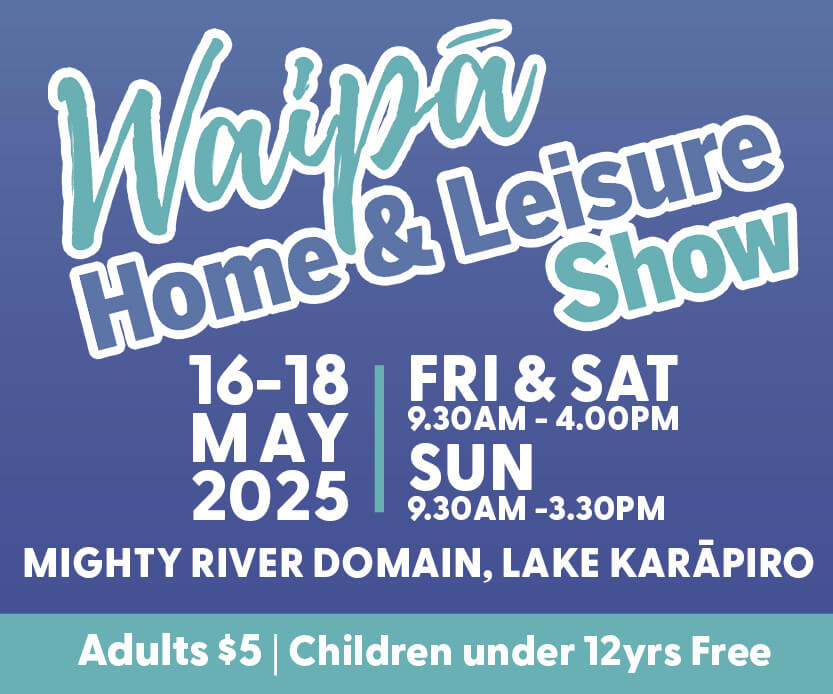Public transport, the Te Huia railway connection between Auckland and Hamilton and cycleways continue to make headlines in the Waikato. Senior writer Mary Anne Gill spent time in the United Kingdom and Europe recently and made these observations.
View from the bus – Bicycles galore in Guernsey’s St Peter Port. Photo: Mary Anne Gill.
The man on the tube was deadly serious when he said he had given up cycling in London because it was too dangerous.
Two trips to hospital with broken collar bones after motorists unexpectedly opened their car doors and other close calls had put him off cycling from his Waterloo home to work.
When I told him about our cycleways in Waipā, how cyclists could safely travel around Cambridge, Te Awamutu and Kihikihi, he wanted to know more about house prices, schools and job opportunities.
He shook his head in disbelief when I said there was vocal opposition to cycleways and cyclists like me often cop abuse for no other reason than we choose to use them.
“obvious mistakes have been made in the rush to make clever use of Waka Kotahi NZ Transport Agency funds”
Now I realise it is unfair of me to simplify the views of Waipā naysayers – obvious mistakes have been made in the rush to make clever use of Waka Kotahi NZ Transport Agency funds secured before the change of government. I also believe history will reinforce the wisdom of establishing cycleways in Waipā.
The health benefits are obvious, so too that more people are using them and that children are cycling to school again when for years the norm was for their parents to drop them off in cars.
New Zealand’s public transport system is so far behind what I saw on my recent travels. Here car is king, there they are paupers.
An experience of travelling the 65kms from London’s Gatwick Airport north to Staines-upon-Thames illustrated what we are missing.
I had been in the Channel Islands and flew from Guernsey – population 64,421 with a truly accessible public transport fleet of buses with 24 routes that take you affordably around the 62 square kilometre island.
I spent four days hopping on and off buses while sight-seeing using their equivalent of our Bee Card.
The plane left Guernsey two hours late due to storms in the UK so when I arrived at Gatwick, it was 9.40pm. I dreaded the prospect of getting to Staines late at night on my own using public transport and seriously considered booking a hotel room for the night.
But I got caught up in a queue for the trains as soon as I passed through security, bought a rail ticket to Staines for £12.50 (about $26) and boarded a train for Victoria Station changing at Clapham Junction, several platforms down from the one I alighted at.
Free wi fi on the train made checking timetables and platform numbers a breeze.
At 10.45pm, I crossed the road from Staines Railway Station to catch the 117 bus for £1.50 ($3.15); by 10.55pm I was outside my mother’s front door and 10 minutes later tucked up in bed.
Astonishing really – I had travelled nearly 450 kilometres from Guernsey to Gatwick and another 65kms to Staines in just over two hours.
I concede I was lucky, it seemed just as I arrived anywhere, so too did a train or a bus. Or is that usual? Two days after I left to return home, there was industrial action on the Southwestern Railway which services Staines. The train drivers went on strike again for better pay and conditions and there was a reduced service on a Bank Holiday weekend.
So, my hour-long journey from Gatwick to Staines might have taken three hours. Except I would not have attempted it and would have instead either booked a £95 ($200) room at the airport for the night or paid £95 – £120 ($200-$250) for a taxi.
The benefits of public transport are all too often overlooked in New Zealand and part of the reason for that is its piecemeal availability. You simply cannot rely on it; try going 65kms anywhere here on three modes of public transport in an hour.

Mary Anne Gill high above Guernsey looking towards Castle Cornet in St Peter Port. Travelling around the island was effortless on public transport.









